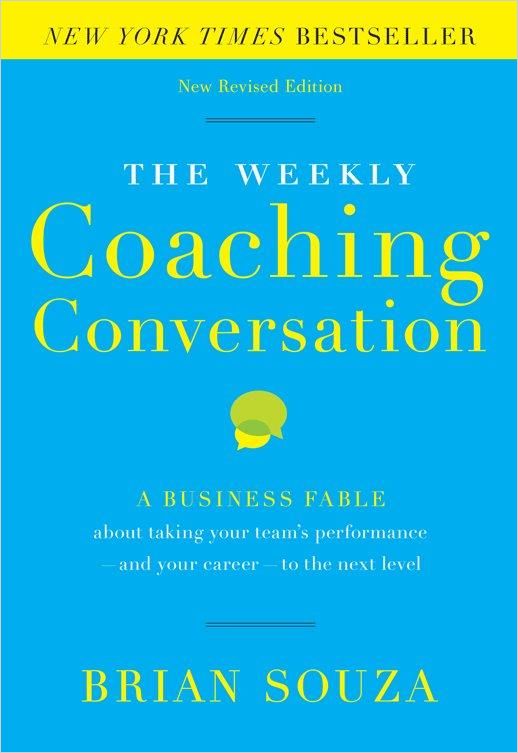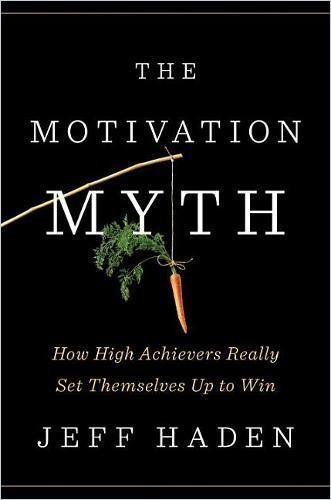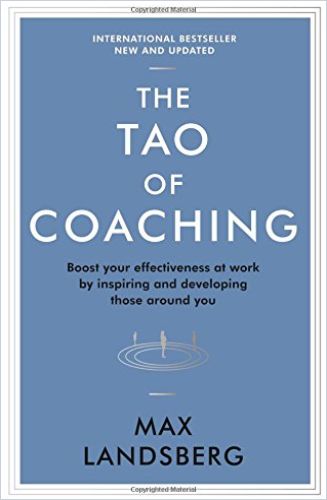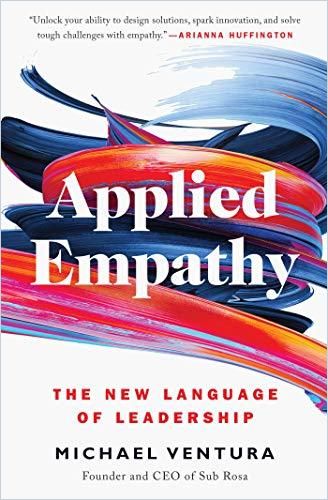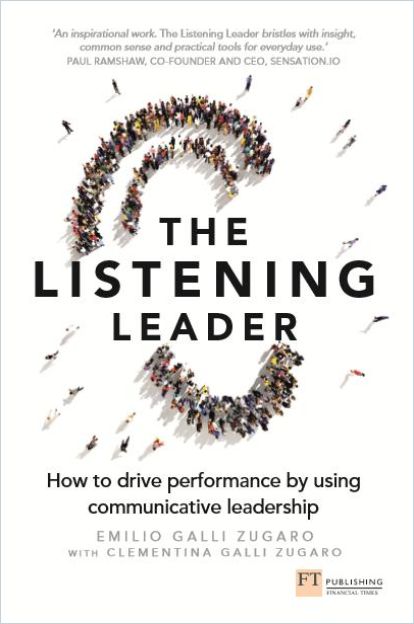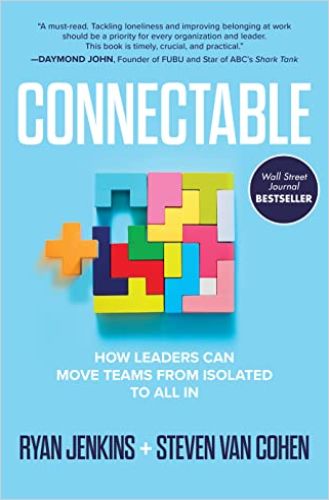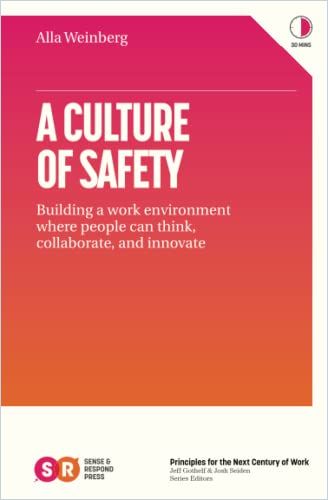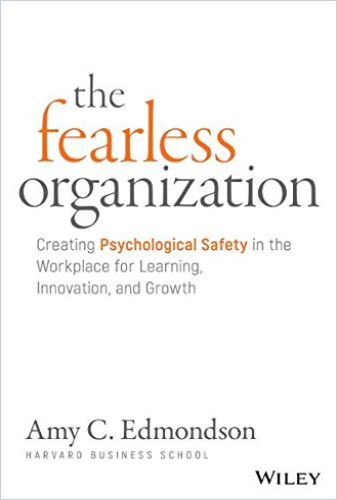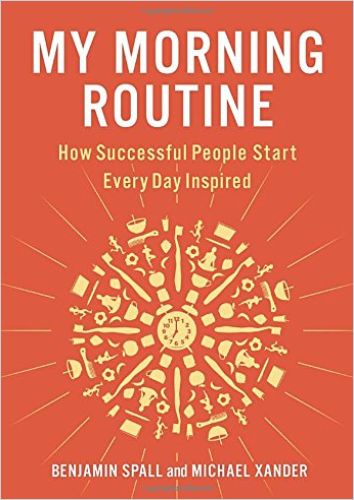How to Lead with Emotional Intelligence

Emotional intelligence – the ability to recognize and manage your own emotions as well as those of others – is arguably the most relevant leadership skill in the future workplace. A leader with high emotional intelligence conveys calm amidst disruption, fosters inclusiveness among a diverse workforce and knows how to motivate people to be bold and creative.
Emotional intelligence is a learnable skill. According to Daniel Goleman, who popularized the term, emotional intelligence consists of five components: self-awareness, self-regulation, motivation, empathy and social skills. You can develop in each of these areas – with the help of the following reading recommendations.
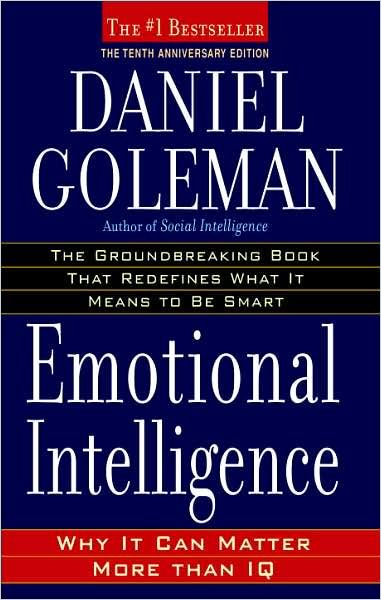
1. Develop Self-Awareness
Self-awareness requires ongoing attention to your internal states, including your emotions. Emotions pop up spontaneously, seemingly out of nowhere. Once you become conscious of these feelings, you can evaluate and better control them. Self-awareness is an essential leadership skill, allowing you to channel your emotions into appropriate actions and behaviors.
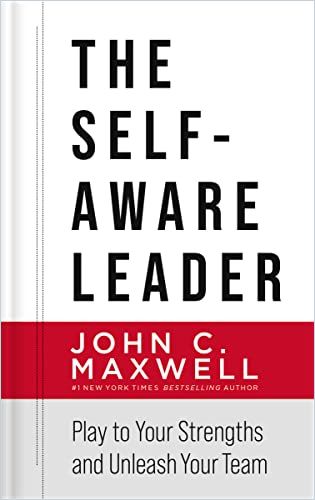
Popular belief has it that humans generate emotions in reaction to external events. Yet the latest research doesn’t confirm this idea. According to a leading scientist in the field, Lisa Feldman Barrett, the brain creates emotions in reaction to what happens inside the body. Emotions are a way for the brain to make meaning of internal sensations. They signal to the brain what it needs to do to keep the body safe. In other words, the brain doesn’t have direct access to reality. What are the practical implications of this finding? Your emotions are real but may not necessarily be based on an accurate interpretation of the sensory input that preceded them.

Self-awareness involves stepping back and observing your emotions before acting on them. Does an increase in heart rate mean that I am in danger, or is the anxiety I feel just how my brain interprets the sensation based on experience?
To grow self-awareness, neuroscientist Alan Watkins suggests keeping an “E-diary” in which you record your positive and negative emotions and feelings over the course of the day. This will help you identify emotions when they recur in the future and recognize an oncoming emotion in time to process and deal with it at the experiential level rather than the thought level.
The more information you gather, the clearer your picture will be of the triggers that set off your automatic responses. As clinical psychologist Lara E. Fielding explains, keeping a written record of emotional events will strengthen your capacity to consider your behavior objectively. It will help you to sort out the feelings, thoughts and actions that cause you to over- or under-regulate the internal system that connects your emotions, thoughts and actions.

In The Power of Understanding Yourself, Dave Mitchell encourages you to go beyond self-awareness and tap into “metacognition.” This process of “thinking about thinking” enables you to develop a deeper understanding of your behaviors and how they help or hinder you from reaching desired outcomes. The author walks you through understanding your interactive style – the way you connect and communicate with others and how you respond to them. Each of the four “primary interactive styles” Mitchell identifies marks a “sensitivity” to how you view your world:
- “Experts” are detail-oriented, risk-averse, dependable knowledge seekers who thrive in secure, structured environments.
- “Romantics” are emotionally sensitive, supportive team players, tactful communicators and empathetic listeners.
- “Masterminds” take risks, welcome new experiences and believe in possibilities.
- “Warriors” are results-oriented and logical, no-nonsense communicators.
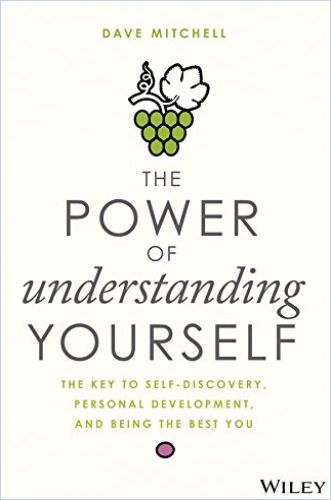
A great way to become more aware of your emotional and thought patterns is by adopting a formal meditation and/or mindfulness practice. The getAbstract library offers plenty of resources on the topic here.
2. Learn How to Self-Regulate
The ability to recognize your emotional reactions opens up a window of opportunity to engage more evolved portions of the brain. Self-regulation involves using the little space you create between trigger and action to fashion a sound response.
In Coherence, Watkins suggests using his “SHIFT” technique to elevate your thinking. If you’re stuck in a challenging situation, stop doing what you’re doing and shift your attention to your heart and breathe rhythmically to “induce a positive emotion,” Watkins advises. This allows you to gain a fresh perspective on the situation and have more clarity of thought on how to handle it.

When you act authentically, you embrace different aspects of yourself depending on your context, explains executive coach Karissa Thacker in The Art of Authenticity. Most discussions of authenticity suggest that you have just one self. That’s not exactly correct. People display different aspects of themselves depending on the context. Learn to examine your world without exaggerating the importance of your personal perspective. Pay attention to how other people around you act and adapt your behavior according to prevailing circumstances.
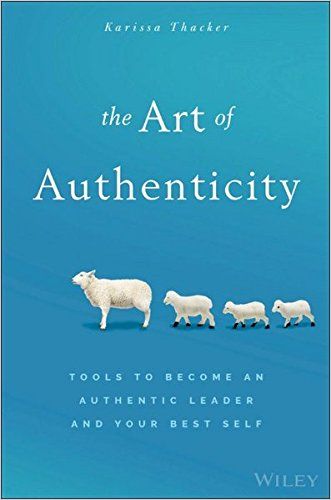
3. Know How to Motivate Yourself and Others
The ability to restrain emotions and delay impulses to defer gratification is a critical life skill and the key to a host of endeavors, from dieting to achieving a career milestone. Positive motivation is crucial to achievement. Contrary to popular belief, you don’t need to feel motivated before doing something. Motivation often kicks in after you’ve started the activity you want to engage in.
Self-help blogger Mark Manson suggests following the “Do Something Principle”: Take action regardless of whether you’re in the mood for it. More often than not, getting started will spark the motivation you need to keep going.
Motivation starts with finding your purpose and formulating your goals. As Jeff Hayden explains in The Motivation Myth, day-after-day motivation derives from completing the daily work your goal requires, not from flashes of inspiration.
As a leader, embrace the role of coach, building trusting relationships with team members. That means sharing honest, critical feedback and giving people credit for their work. Get to know each team member to find out how to best support them. People need varying levels of manager involvement depending on the task and personality of the individual team member.
Andy Grove argues in High Output Management that understanding an individual’s highest-level needs is the key to motivating your team members. You motivate people by enabling them to express their full individual strengths. Help your subordinates develop their individual desires to achieve self-actualization, the highest human need according to psychologist Abraham Maslow’s hierarchical list of what people need. When your team members embrace their individual motivation, their desire for self-actualization will become self-sustaining.
4. Practice Empathy
The more self-aware you become, the better you will become at tuning into other people’s feelings. This ability is called empathy. For Simon Sinek, empathy is the core quality of great leaders, as people will only feel safe to open up and be their best selves if they know their leader understands them.
To grow your capacity for empathy, you must learn to become a skilled listener. In Cracking the Leadership Code, corporate coach Alain Hunkins outlines four actions you can take to increase your ability to be empathetic:
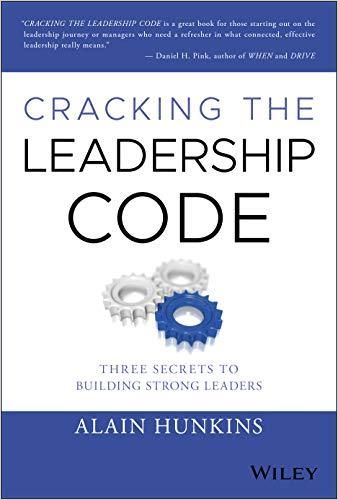
- Practice active listening – Give the other person your wholehearted attention instead of waiting for your turn to speak. Listen with the purpose of developing a deeper understanding of the other person’s perspective.
- Be open – Not just toward the other person, but also with yourself. Examine and challenge your preconceived perceptions and biases. Notice whether you try to dominate conversations and push your viewpoint.
- Cultivate a spirit of inquisitiveness – Develop a deep interest in other people and invest time in getting to know and understand them.
- Put yourself into other people’s shoes – Make an effort to see things from other people’s perspectives. This will help you gain a better understanding and appreciation of where other people are coming from.
“As a team guide, you thrive on good information. If you don’t empathize with other human beings, you’ll have far less information to work from. […] Having empathy for the people who work with you, your co-workers, others in the organization, the organization, stakeholders, and even the planet is all about gathering more information as part of the calculus of the decisions you make. But even more important, it’s about honoring the whole human being.” – Gary A. Bolles
Empathetic leaders genuinely care about their employees’ well-being and address their physical and psychological needs. Empathetic people listen well; they recognize nonverbal hints and sense when others are insincere or exploitative. In Leading with Empathy, Gautham Pallapa distinguishes between three main forms of empathy:
- “Cognitive” – You place yourself in other people’s positions to understand their experiences. Leaders and managers utilize cognitive empathy to appreciate their employees’ circumstances and help them succeed. Cognitive empathy is deliberate and doesn’t require emotional investment.
- “Emotional” – You may actually experience the other person’s emotional pain. Leaders should demonstrate emotional empathy in the workplace to build trust and strengthen their relationships, with one precaution: Don’t become so involved you neglect your own needs.
- “Compassionate” – You not only recognize signs of distress or pain, but attempt to assist the individual by listening or taking action. You dedicate time to helping the person deal with his or her issue.
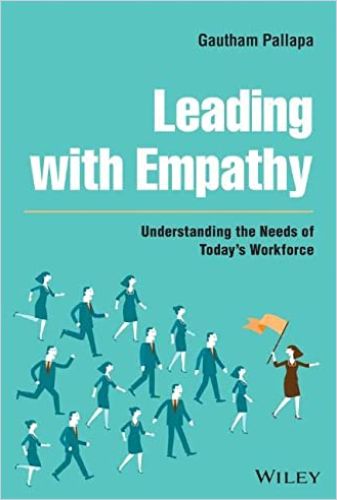
In Applied Empathy, Michael Ventura recommends that you turn practicing empathy into a habit. Rituals for practicing empathy as a leader include creating space in your life for meaningful mentorship opportunities, conducting a project retrospective to glean insights from your work, creating feedback channels and holding regular sessions to check in with the members of your team.
5. Invest in Relationships
The better you are at sensing the emotions of others and controlling the signals you send, the more you can control the effect you have on others. Getting what you want requires building an emotional connection to those you wish to direct or persuade.
In Connection Culture, employee engagement expert Michael Stallard makes an impassioned plea for prioritizing organizational belonging and connectedness to improve workers’ health and productivity. Spend time with your team members and get to know them. Meet regularly – formally and informally. Listen carefully, focus on the person you’re with and avoid distractions. Discuss work and non-work topics. Share your personal and career stories. Help them plan their careers, make progress on their goals and become better connectors themselves. Support and serve your team members by giving them space to work their way. When possible, bring your team together to discuss their goals and mission, to gauge their progress and to celebrate their achievements.
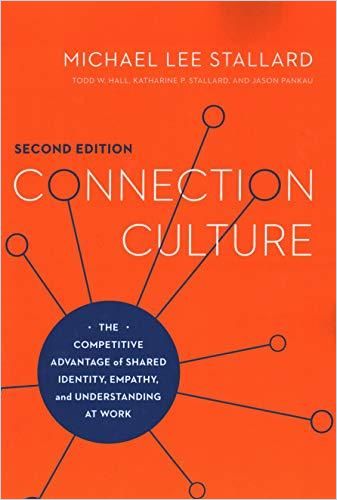
As Daniel Goleman concludes in Working with Emotional Intelligence, optimal productivity requires strong interpersonal relationships. Knowing how to respect the differences among people in today’s culturally diverse workforce while pulling everyone together as a team is a crucial management skill. If you create an atmosphere of respect for each person’s skills and encourage assorted perspectives, your team members’ differences can lead to more creative problem-solving.
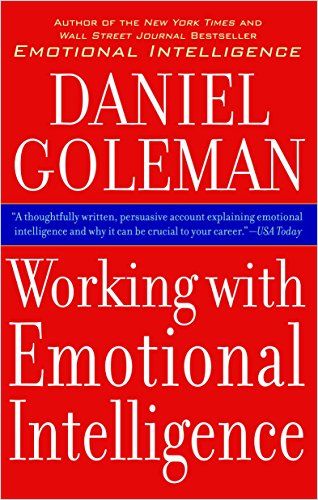
If you use your listening skills, empathy and sensitivity to understand other people’s fears, you will develop the tact you need to be a leader, especially in tough times. People are inspired to excel when they see clearly that the leader values their individual contributions. This promotes psychological safety.
In Every Conversation Counts, broadcaster and television host Riaz Meghji shares several best practices on how to forge stronger human connections. Among them:
- Embrace “authentic curiosity” – Research shows that people feel closer to conversation partners who express curiosity. Showcase your curiosity by asking thoughtful questions. Don’t succumb to the urge to fill silence with your own words. Rather than rushing to share your own judgment or advice, create space for others to express themselves.
- Express vulnerability – A willingness to show others your authentic self is the bedrock of healthy relationships. Share the struggles and moments of conflict you faced before reaching a particular career milestone. Leaders who effectively model vulnerability make people more willing to open up about themselves.
- Showing gratitude – Strengthen your bonds with others by taking time to show others you appreciate them. Pay people specific compliments about things they’ve done. Note concrete ways their actions positively affected you or others.
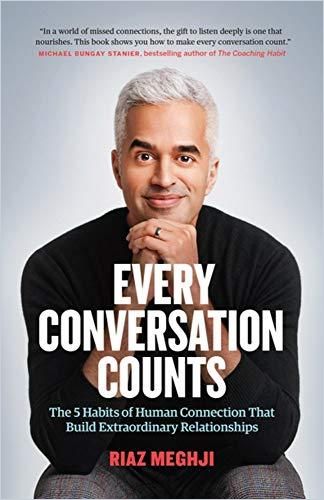
As you mature, so does your radar for sensing the emotional dimension in your interactions. You can enhance your ability in this area with practice, but you must be willing to change old habits. That requires awareness of your ingrained feelings, responses and behaviors. It means developing a plan to replace an old habit with a new one, as well as committing to being patient and allocating time to let a new behavior take hold. Becoming more skilled at these emotional competencies is worth the time and effort. Your life will be richer for it.


